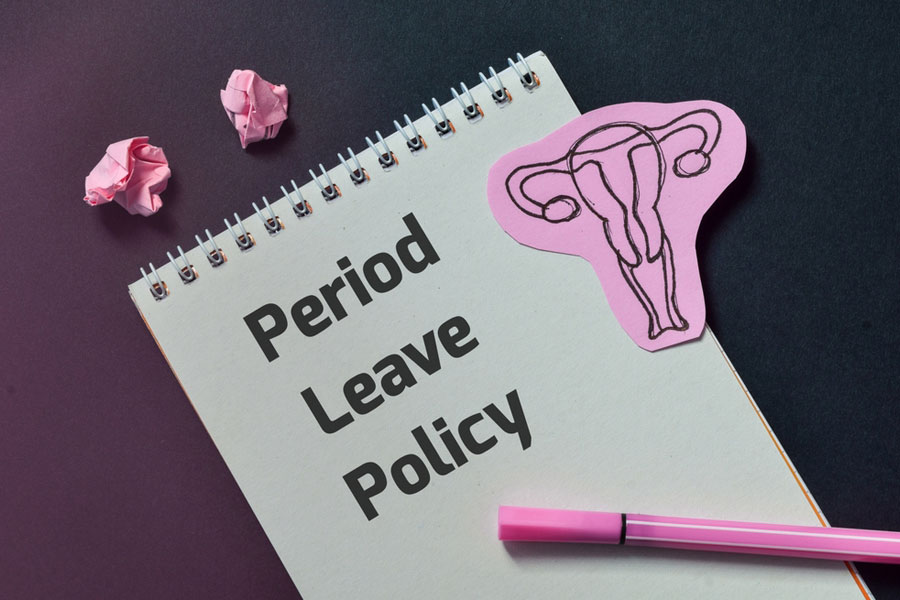
In recent years, India has witnessed a significant shift in attitudes towards menstrual health and workplace policies. One of the key developments in this area has been the evolution of menstrual leave policies. Let’s take a closer look at how these policies have evolved over time and what they mean for women in India.
Understanding Menstrual Leave
Menstrual leave, also known as period leave, is a workplace policy that allows women to take time off from work during their menstrual periods. It acknowledges the unique challenges and discomfort that many women experience during menstruation and aims to provide them with the support and flexibility they need to manage their health and well-being.
Early Stages: Limited Recognition
Historically, discussions about menstruation and menstrual health were often shrouded in silence and stigma. In the workplace, women faced challenges in addressing their menstrual needs and often had to rely on sick leave or unpaid leave to manage their periods.
Emergence of Awareness
However, in recent years, there has been a growing awareness of menstrual health issues in India, thanks to advocacy efforts by activists, healthcare professionals, and women’s rights organizations. This increased awareness has helped to break down the taboos surrounding menstruation and has paved the way for more open discussions about menstrual health in workplaces and communities.
Pioneering Initiatives
Several progressive organizations and companies in India have taken proactive steps to implement menstrual leave policies for their employees. These policies vary in scope and duration but typically allow women to take one or two days of paid leave per month for menstrual-related issues. Some companies have also extended these policies to include transgender employees and individuals with menstrual health conditions.
Legal Recognition
While menstrual leave policies are still not mandated by law in India, there have been calls for legislative action to recognize and formalize these policies. In 2017, the state government of Bihar became the first in India to approve a menstrual leave policy for female government employees, granting them two days of paid leave each month for menstrual-related reasons.
Challenges and Opportunities
Despite the progress made, challenges remain in implementing menstrual leave policies effectively. Some employers may still be hesitant to adopt these policies due to concerns about productivity and operational disruptions. Additionally, there is a need for greater awareness and education about menstrual health issues among employers, employees, and society at large.
Looking Ahead
As India continues on its journey towards gender equality and social progress, the evolution of menstrual leave policies represents a significant step forward. By recognizing and addressing the unique needs of women in the workplace, these policies contribute to creating more inclusive and supportive work environments for all employees.
In conclusion, the evolution of menstrual leave policies in India reflects a broader shift towards greater awareness, acceptance, and support for menstrual health issues. While there is still work to be done, the progress made so far is a testament to the power of advocacy, education, and collective action in driving positive change. As we move forward, let us continue to strive for menstrual equity and empower women to prioritize their health and well-being, one period at a time.


